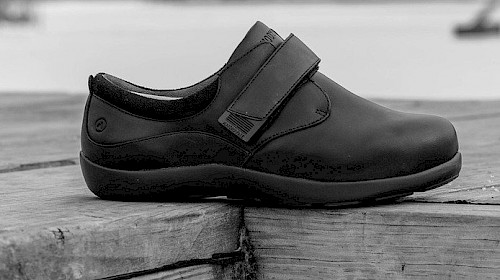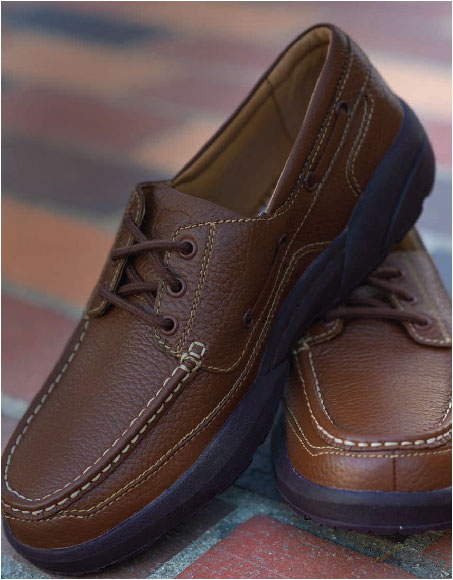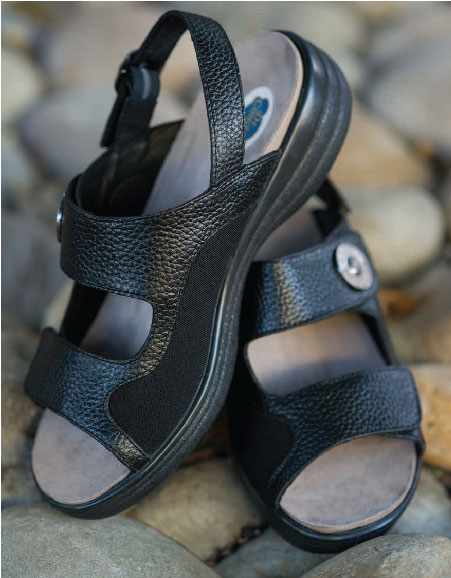Special Comments
I bought two pairs of orthopedic shoes as advised for my neuroma.
MON-FRI 10AM-9PM and SAT 10AM-6PM
Comfortable footwear available
Sandals, slippers, clogs, boots built for comfort and therapy
It is important to find a pair of shoes that conforms to a patient, whether it be a diabetic, or feet with ailments such as bunions, hammertoes, edema, etc.,
To accommodate these ailments, many companies like Anodyne and Dr. Comfort offer a “stretchable” shoe. The shoe is constructed from a variety of materials, most using a stretch material from the midfoot through the toe box. This material will have significantly more give to it than your typical leather shoe would, which allows for a more comfortable fit, as opposed to having the patient’s foot uncomfortably “jammed into the shoe.” Ultimately, by wearing a shoe that has this stretchability, there is a significant reduction in sheering or rubbing, and thus, risk of blisters or sores.
We pick shoes a little differently when it comes to stretch shoes. For durability, we recommend a lycra material or stretchable poly urethane (Stretch PU). These materials make your shoe look better and are easier to clean because they are water resistant.

The shoe maintains its ability to stretch, but looks just like leather, which leads to a higher rate of patient compliance and a better chance of preventing foot complications.
For those tough to fit feet, your first option should always be a stretch shoe.
Diabetic shoes don’t have to look like diabetic shoes.


I bought two pairs of orthopedic shoes as advised for my neuroma.